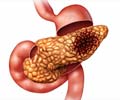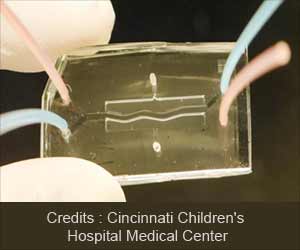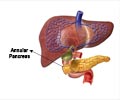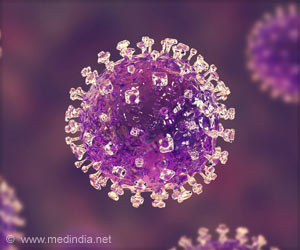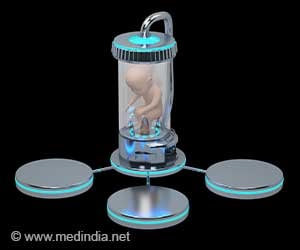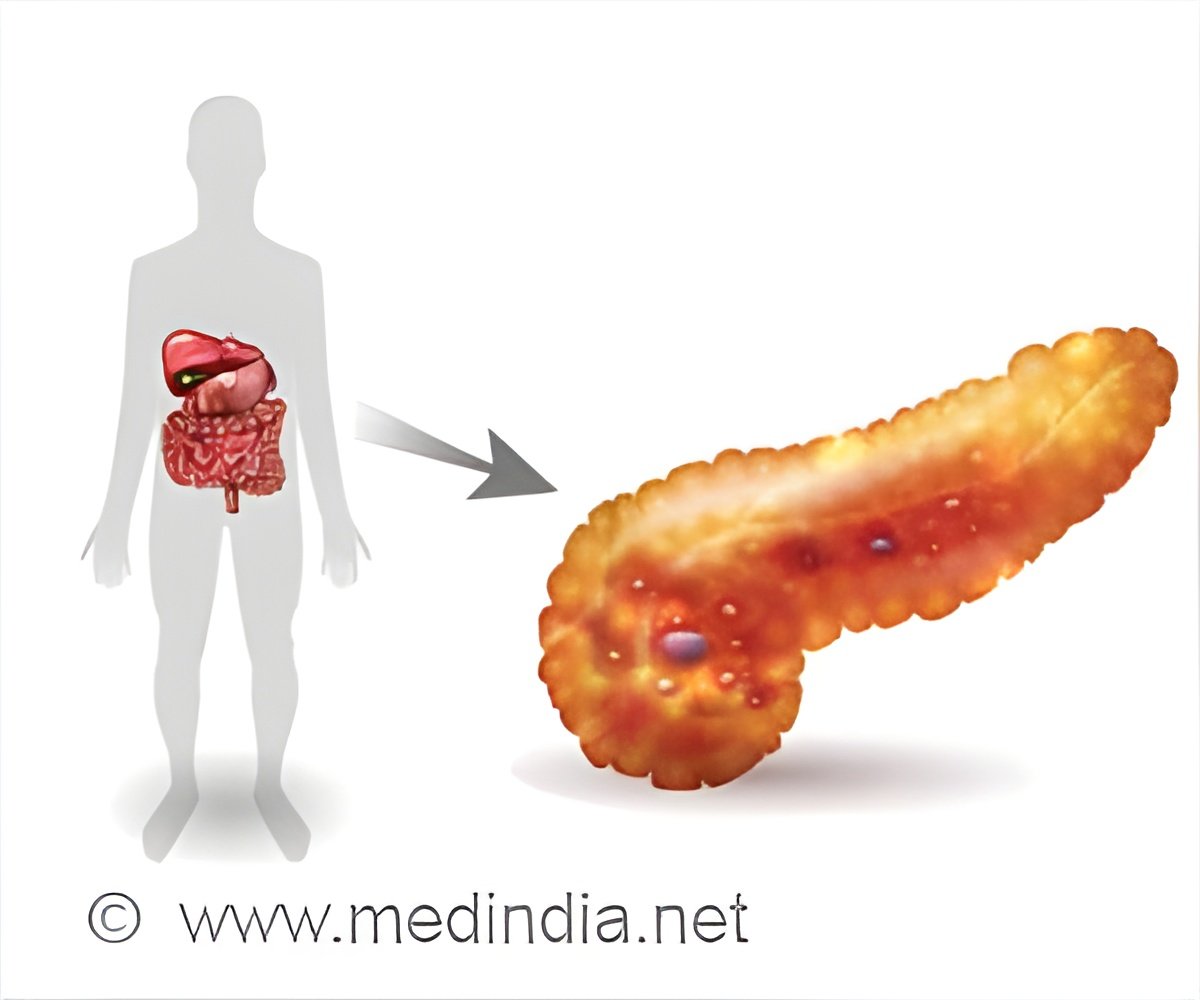
‘The Bihormonal Bionic Pancreas (BHBP) device improves glycemic control in individuals with hyperinsulinism and post-pancreatectomy diabetes.’
Tweet it Now
Excess insulin can cause low blood sugar, or hypoglycemia, a dangerous condition that can lead to seizures, brain damage, and possibly death.Although approximately 50% of children with the condition respond to medical therapy, the other half require surgery for a partial or near total removal of their pancreas.
HI treatment after the removal of the pancreas involves waiting until the hypoglycemia associated with HI tips over to hyperglycemia due to the lack of insulin.
At that point, patients can be treated with small amounts of insulin, the levels of which must be calculated by a caregiver.
However, that approach involves a delay in care, and the swings between hypo- and hyperglycemia, the proper calculation of dosage and timing can be stressful for families.
Advertisement
The BHBP works by autonomously administering insulin and glucagon based on plasma glucose levels detected by a continuous glucose monitor (CGM); an algorithm calculates the exact dosage based on the CGM measurements.
Advertisement
Although the differences between the two periods were not large due to small sample size, the results showed a trend towards an overall improvement of blood sugar control in the BHBP period relative to the period in which patients used their own insulin pumps.
The patients in the study had varying levels of control of their blood glucose levels at the start of the study, but all patients were able to keep their levels in the appropriate range during the BHBP period. None of the patients experienced severe hypoglycemia during the BHBP period.
Large studies using these promising results about new BHBP device in this population can establish the long-term benefits and the risks of the BHBP can be pursued.
Source-Medindia

